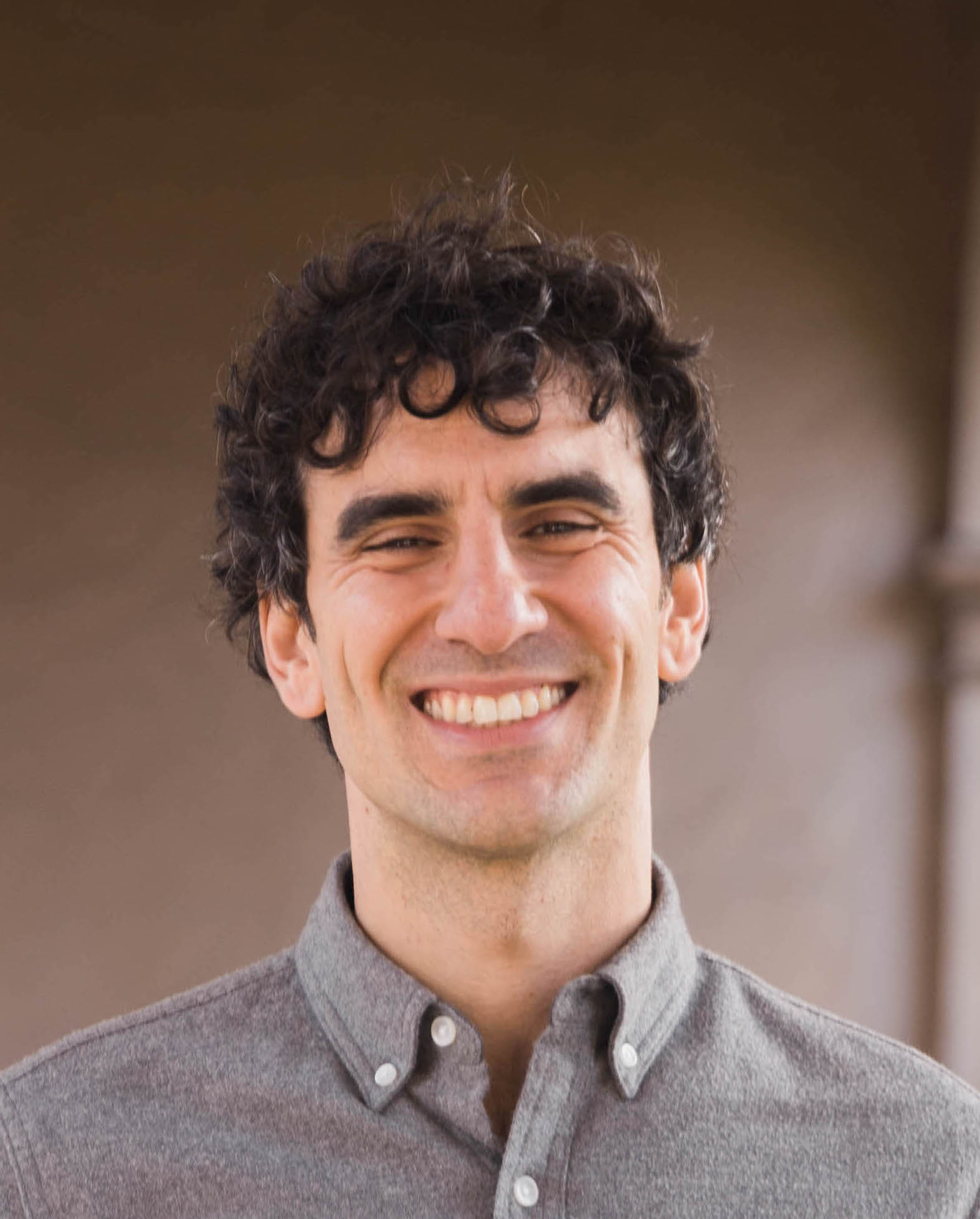Medical Schools in Alaska: How to Get In (2025)
/Learn admissions strategies for medical schools in Alaska, including average GPA and MCAT scores, school profiles, and tuition.
learn everything you need to know to get into medical schools in alaska
Part 1: Introduction
Part 2: List of medical schools in Alaska: Rankings & admissions statistics
Part 3: What is the WWAMI program for medical schools in Alaska?
Part 4: Alaska medical school admissions strategies
Appendix A: Alaska medical schools by degree type
Appendix B: Alaska medical schools by institution type
----
Part 1: Introduction
Encompassing 6,640 miles of coastline and 33,904 miles of shoreline, the state of Alaska was nicknamed “The Last Frontier” for good reason. The name “Alaska” actually comes from an Aleut word meaning “great land.” Interestingly, of the 20 highest peaks in the United States, 17 of those can be found in Alaska!
Alaska isn’t just an area known for its frontier, however. You may be surprised to learn that there’s also a medical school there—one where you can earn a complete MD degree! Through a partnership with the University of Washington via the WWAMI program (more on that later), the University of Alaska Anchorage (UAA) offers a Doctor of Medicine (MD) degree to its students.
In this guide, we’ll take a closer look at the medical school options in Alaska, including rankings and admissions statistics. We’ll also examine the University of Alaska Anchorage’s MD program, including how it relates to WWAMI. Finally, we’ll discuss admissions strategies for those interested in getting into medical school in Alaska.
----
Part 2: List of medical schools in Alaska: Rankings & admissions statistics
Whether you’re an Alaska native or have simply lived there for years, if you’re interested in attending medical school, you might be under the impression that you’ll need to leave the state to do so.
Thankfully, Alaskans have a choice right there in their home state. In fact, one of the requirements for applying to the WWAMI program at UAA is that you must be an Alaska resident. The program places an emphasis on community care and preparing students to practice medicine in rural communities, so let’s examine its ranking and statistics:
| Alaska Medical Schools | |||||||||
|---|---|---|---|---|---|---|---|---|---|
| University of Alaska Anchorage* |
*For Year 1, you’ll pay—to the University of Alaska Anchorage—the resident rate established at the University of Washington (UWSOM) which is what we’ve posted here. For Years 2 to 4, you’ll continue paying UWSOM resident tuition rates, paid directly to UWSOM.
----
Part 3: What is the WWAMI program for medical schools in Alaska?
Prior to the 1970s, Alaskans had to leave the state to pursue a medical education. Since most medical schools favor residents, this put Alaskans in a predicament. As mentioned above, the University of Alaska Anchorage offers students the opportunity to earn a Doctor of Medicine degree through its partnership with the University of Washington.
Matriculants in the program will spend the first 18 months at UAA focused on foundational coursework. Following this, students can spend the rest of their time (clinical hours) in hospitals across Alaska or one of the other WWAMI site locations, including Washington, Wyoming, Alaska, Montana, or Idaho. Students must also spend 8 to 12 weeks in Seattle at the University of Washington hospitals.
Through the WWAMI medical program, students at UAA will engage in small groups with expert faculty members—over 200, to be exact. Special Programs also focus on serving underdeveloped communities and rural areas. With various programs available to UAA WAAMI students, you’re bound to find the perfect fit!
For instance, BIPOC students interested in Service Learning may be interested in the AK Pre-med URiM Mentorship Program, whereas those interested in working with babies and children might be interested in becoming an ANMC Babies' First Friends and Comfort Care Companion. If servanthood is really your calling, you might also be interested in the Brother Francis Foot Care Clinic, where you’ll have the opportunity to wash and care for others’ feet. Once you’ve been accepted and are at least an M1, you may also like to join the Healthcare Education and Awareness through Role-modeling and Teaching (H.E.A.R.T.).Whatever your niche interest, there’s likely a service group to fit your desires.
Another feature of the WWAMI program at UAA is that it offers students the opportunity to pursue a specialized education by concentrating on certain areas of interest or Pathways. These include:
Black Health Justice Pathway
Clinical and Translational Research Pathway
Global Health Pathway
Humanities and the Arts Pathway (HAP)
Indian Health Pathway
Latinx Health Pathway
LGBTQ Health Pathway
Spokane Leadership Pathway
Underserved Pathway
Through focused studies, students who choose a Pathways program will be prepared to serve a niche group within their communities. Additionally, Pathways will allow students to develop their extracurricular activities and other volunteer opportunities around the particular pathway they’ve chosen.
Students interested in serving more rural communities might be interested in one of UAA’s immersive initiatives aimed at helping develop physicians who will practice medicine in more remote regions. Those programs include:
Rural Underserved Opportunities Program (RUOP) - a four-week immersive program
WWAMI Rural Integrated Training Experience (WRITE) - a 21- to 24-week program for M3 students held at a rural clinical location. Students focus on obstetric, pediatric, and psychiatric medical issues as they pertain to rural physicians who must often employ the local community’s resources.
WA Area Health Education Center (AHEC) Program - Working in partnership with regional Area Health Education Centers, the WA AHEC aims to improve diversity and quality in the healthcare workforce of Washington, Wyoming, Alaska, Montana, and Idaho.
Olympia Longitudinal Integrated Clerkship (Olympia LIC) - This is an 11-month clerkship that places emphasis on community care, specifically in Olympia, WA. Unlike traditional (shorter) clerkships, the LIC allows students to engage in various specialty areas to determine whether one in particular catches their interest more than others.
Not sure where your interests lie just yet? Consider attending the annual premed Health Information Summit, which is open to all high school and college students who are interested in pursuing a career in medicine.
----
Part 4: Alaska medical school admissions strategies
Knowing which medical school you’d like to attend is only the first step toward becoming a physician. Once you’ve selected your school, it’s imperative that you understand and implement the best strategies for getting into that school. Since there’s only one school of medicine in Alaska, that’s what we’ll focus on, though some of these/of the following tips could apply to any medical school.
Strategy 1: Understand and align yourself with the WWAMI program’s values
Research and understand that WWAMI’s mission is to provide superb healthcare to those in rural communities and underserved areas and to use local resources to do so. Once you understand this, you can ensure you show “fit” by volunteering and completing internships within these areas. Make sure your work showcases your understanding of the unique needs rural Alaskans have.
This will do two things:
Show that you understand WWAMI’s mission and vision.
Demonstrate that you are an excellent choice to help further that mission and vision.
Strategy 2: Build a strong academic profile
To be considered for any medical school, you’ll need to build and maintain a strong GPA—especially in science and health courses. Your science GPA in particular will weigh heavy on the minds of adcoms reviewing your file, but your cumulative GPA should—at minimum—be in line with the average for recent matriculants.
For entrance into the WWAMI program, you’ll need to take the following:
One year of college-level biology
Two years of college chemistry (This must include inorganic chemistry, organic chemistry, and biochemistry.)
One year of physics
Courses in the humanities/social sciences (There is no minimum requirement for the number of courses you must take.)
Optional courses such as Ethics, Psychology, Microbiology, or Gross Anatomy
Regardless of your major, you’ll need to squeeze in the above. Since you’ll be required to take chemistry classes for at least half of your undergraduate years, consider how strong you are in that area of science because it’ll make up a significant portion of your science GPA. If chemistry isn’t your strong suit, consider our MCAT content area guides where we delve into every topic!
In addition to holding a strong GPA, you’ll need a good MCAT score to get into the WWAMI program at the University of Alaska Anchorage. To accomplish this, you’ll want to spend adequate time preparing, which includes adhering to an MCAT study schedule that works for you. It’s also a good idea to take the MCAT with enough time to retake it should you decide to do so.
Strategy 3: Cultivate strong relationships for recommendation letters
Spend your undergraduate years developing and cultivating relationships with physicians and professors familiar with the WWAMI program (if possible). To do so, consider shadowing or volunteering with a physician who fits the description. Shadowing a physician will open your eyes to provide a realistic view of what physicians spend their time doing, whereas volunteering may open many other doors.
Once you’ve established strong relationships with people who could potentially write rec letters for you, it’s time to approach them. When you ask for letters of recommendation for the WWAMI program at UAA, ask the writers to speak to your commitment to the Alaskan community.
Specifically, make sure your letter writers are aware of what would make you a great fit for the WWAMI program and ask them to speak to those things. To help them write personalized letters, you should also provide insights and information about your own life and experiences, especially those aligned with the WWAMI program's vision.
Suggested reading: (Medical School Letters of Recommendation: The Definitive Guide)
Final thoughts
If you’re an Alaskan premed with sights set on attending medical school, you won’t even need to leave Alaska to do so!
In fact, you're a preferred candidate for the WWAMI program at the University of Alaska Anchorage since applicants must be residents. As with any medical school, you’ll need to maintain a high GPA and earn a high MCAT score, and you’ll want to do well with your secondary essays and interviews. You’ll also need to secure strong letters of recommendation.
With these things under your belt, you’ll be a strong candidate for UAA’s WWAMI program and will make a difference in rural medicine in Alaska.
----
Appendix A: Alaska medical schools by degree type
Allopathic medical schools in Alaska (MD)
University of Alaska Anchorage
Osteopathic medical schools in Alaska (DO)
There are no osteopathic medical schools in Alaska.
----
Appendix B: Alaska medical schools by institution type
Public medical schools in Alaska
University of Alaska Anchorage
Private medical schools in Alaska
There are no private medical schools in Alaska.





